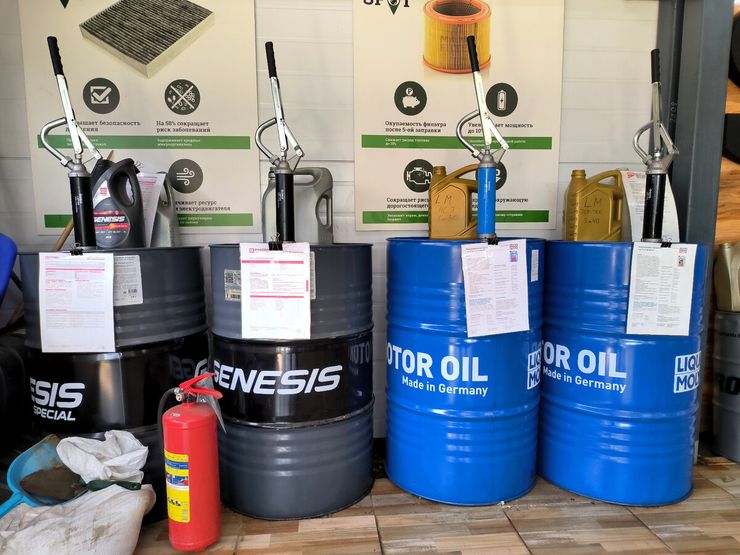Therefore, experiments in this direction are solely the responsibility of car owners themselves. To understand what the catch is here, you need to know this: the “long life” icon on a can of motor oil does not mean that it can run 30,000 km as standard. Not at all.
It’s just that the car’s on-board computer, in which the manufacturer has activated the function of working with LongLife type oil, constantly collects statistics about the favorite operating modes of the engine, the vehicle’s driving modes, climatic conditions and other parameters. In summary, the program determines the degree of aging of the oil in the engine and decides whether it can operate longer than the standard replacement period or not. When the “brain” of the engine is not capable of such calculations, the motorist himself, based on his experience and feelings, may well take on the functions of an advanced on-board computer.
Let’s say that the car “lives” mainly on highways, moving calmly and evenly over flat terrain, where there is little dust in the air and frost is relatively rare. In this case, ‘long life oil’ may not work for the standard 10,000 km, but for the entire 25,000–30,000 km. Well, if the vehicle is used mainly in city traffic, longer service periods are out of the question! On the contrary, the periods for changing the lubricant in the engine should be shortened, for example to 7500 kilometers.














